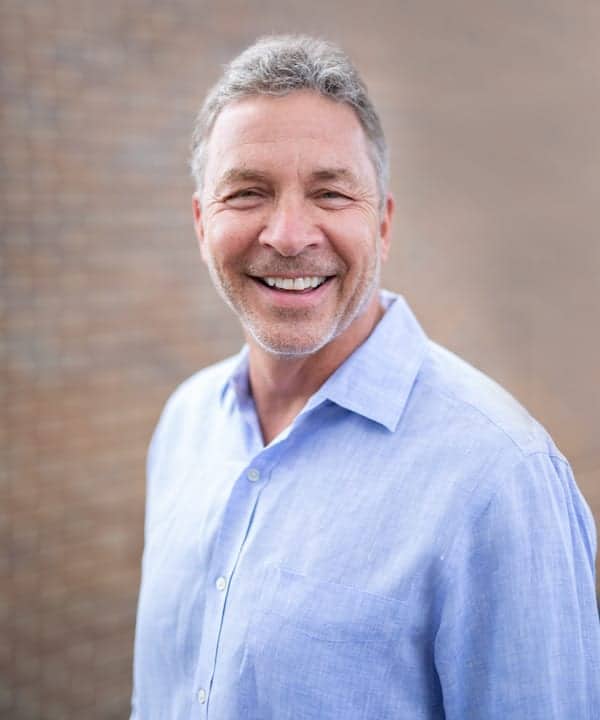Many people want to straighten their teeth and correct spacing issues with their smile. However, not as many people want to undergo orthodontic treatment with traditional metal braces. Luckily metal braces are no longer the only orthodontic option available. As you are probably aware, there is now an orthodontic method that uses clear aligners to straighten teeth and properly align the bite.

This method, named Invisalign, has become increasingly popular since its introduction in the early 2000s. Not only does Invisalign use clear aligners that are barely noticeable, but these aligners can be removed during meal times and for daily brushing and flossing. This means there are no dietary restrictions or modifications in your dental care routine.
At this point, you may be wondering how Invisalign works since it uses removable clear aligners which are very different from traditional metal braces. Yet, despite the differences in their methods, Invisalign is able to produce similar results to metal braces in most cases. Let’s take a look at why this is.
How Orthodontics Work
To understand how Invisalign works, we first need to understand the basic concept of how orthodontics work. In its most basic sense, orthodontic treatment uses constant gentle pressure to move the teeth. This pressure softens the bone surrounding the teeth so that they will move in the direction of the pressure. Depending on the location and extent of the pressure, the teeth may shift, rotate, move up, or move down.
Now, the different orthodontic methods all work in this way, however they use different mechanisms to accomplish this. For example, traditional metal braces use individual brackets on the teeth and an arch wire to determine the location and extent of pressure. In some cases, they can also use additional orthodontic appliances such as elastics to obtain results.
How Invisalign Works

So, how does Invisalign factor into this? It certainly does not use metal brackets or an arch wire, so what does it use? The simple answer is the aligner itself. The Invisalign aligners are made using a material called SmartTrack. This material is designed to fit snugly around the many contours of your teeth so that pressure can be applied in the correct areas. The pressure exerted by the aligner will cause tiny movements.
As your teeth begin to change their position, the aligners will be switched out. This means that about every 1-2 weeks, you will wear an entirely new aligner. Each aligner is designed to accomplish a specific movement so that your smile will slowly progress over time. Your dentist will usually give you a few aligners at a time so you won’t need to visit their office every time you need a new aligner.
However, there is one important key to make Invisalign work. You have to wear the aligners for 22-24 hours a day. Any less and your treatment may not progress as planned and it can take longer to achieve the desired results. The best way to handle this is to only remove your aligners while eating, brushing, or flossing. Otherwise, they should be in your mouth.
In conclusion, Invisalign aligners use a specialized material to make aligners that are capable of exerting pressure on the teeth in order to move them over time. Even though the execution is different, Invisalign still follows the same basic orthodontic method and yields similar results as metal braces. However, it does so in a much more aesthetic and hassle-free manner.

Dr. Dennis Laurich has been practicing dentistry for over 40 years. He received his DDS degree from the University of Michigan Dental School and regularly attends oral health care conventions to continue his dental education. This allows him to treat patients with the leading dental technology and methodologies. Additionally, he is a member of the American Dental Association, Michigan Dental Association, and the Detroit District Dental Society.




